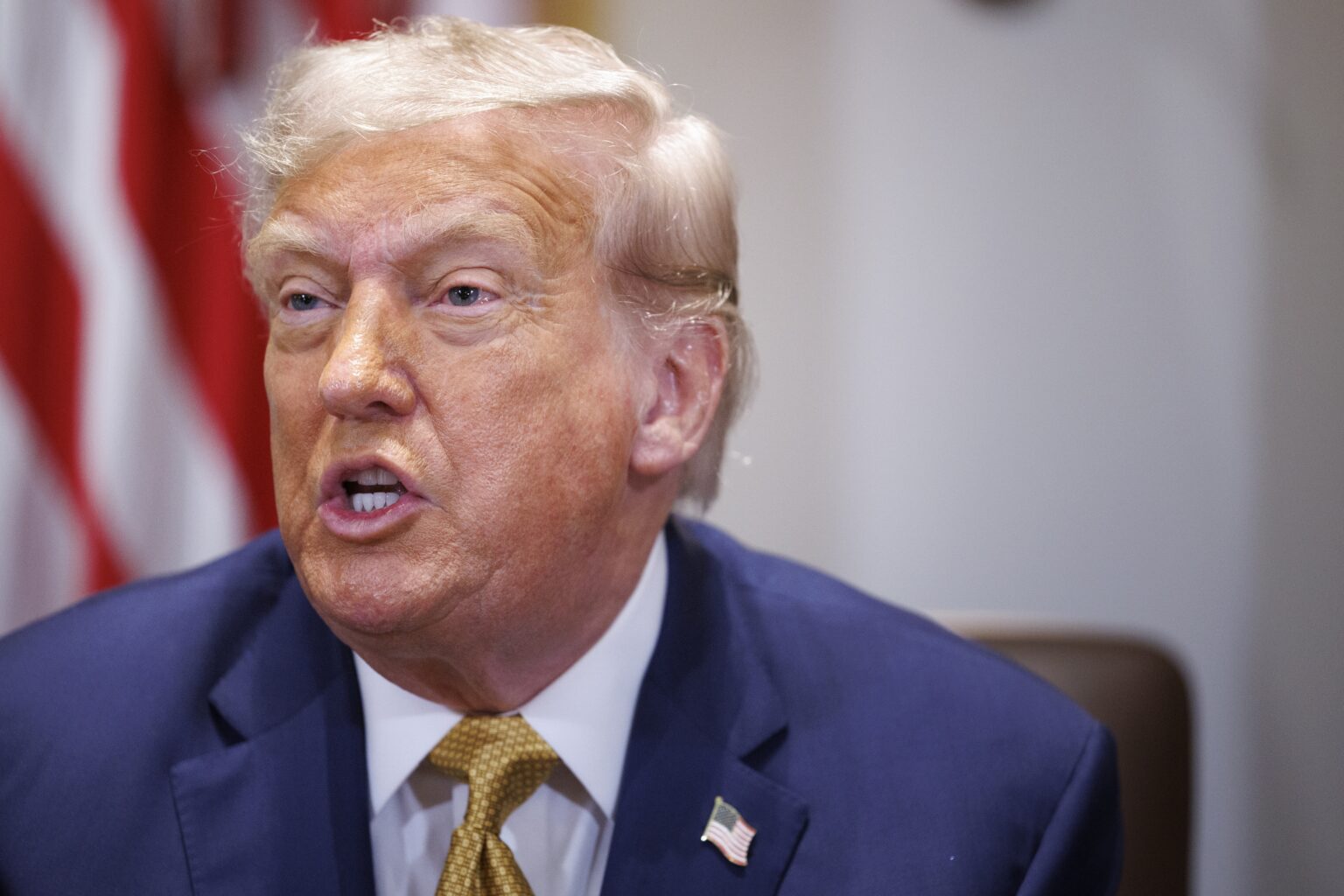In a bold move that intensifies ongoing trade negotiations, President Donald Trump announced on Saturday morning his intention to implement a 30 percent tariff on imports from both Mexico and the European Union, effective August 1. This development marks a significant escalation in the United States’ trade policy, signaling a potential shift in diplomatic and economic relations with these key partners.
Public declarations via social media and diplomatic correspondence
Trump communicated these plans through letters posted on his preferred social platform, Truth Social. In these messages, he addressed European Commission President Ursula von der Leyen and Mexican President Claudia Sheinbaum separately, outlining the impending tariffs. This approach underscores the administration’s strategy of using direct communication to influence negotiations and signal resolve.
Strategic timing and potential negotiation tactics
Over the past several days, Trump has been actively dispatching letters to various world leaders, warning them of impending tariffs. With nearly three weeks remaining before the tariffs are set to take effect, analysts speculate that these announcements may serve as leverage in ongoing negotiations. Historically, Trump has often announced tariff increases with the intention of delaying their implementation, using the threat of tariffs as a bargaining chip to secure more favorable terms.
Historical context: tariffs as a tool for economic leverage
Back in April, Trump declared the U.S. trade deficit a “national emergency,” citing concerns over economic imbalance and announcing plans for substantial tariffs on imported goods. After a turbulent week in financial markets, he temporarily suspended these tariffs for 90 days to facilitate negotiations. However, progress has been limited, and recent actions suggest a shift toward more aggressive tariff policies, often communicated through official letters rather than formal agreements.
Recent tariff threats and broader trade strategy
In addition to the threats against Mexico and the EU, Trump has recently announced plans to impose a 35 percent tariff on Canadian imports starting August 1. Last week, he also revealed a 50 percent tariff on Brazilian goods, reflecting a broader strategy of using tariffs to exert pressure on multiple trading partners.
European Union’s response and potential repercussions
Ursula von der Leyen responded on Saturday, emphasizing the EU’s willingness to continue negotiations but also warning of possible retaliatory measures. She stated, “Imposing a 30 percent tariff on EU exports would severely disrupt vital transatlantic supply chains, harming businesses, consumers, and patients on both sides of the Atlantic.” Her comments highlight concerns over the economic fallout of such tariffs, which could destabilize industries ranging from aerospace to pharmaceuticals.
Diplomatic efforts and recent negotiations
European officials had recently engaged in intensive diplomatic efforts, including multiple calls to the White House and visits to Washington, aiming to reach a deal that would prevent the escalation of tariffs. The EU had tentatively agreed to maintain a baseline of 10 percent tariffs on most U.S. goods, with hopes of resolving more contentious issues through further talks. These negotiations included discussions on exempting critical sectors like aircraft manufacturing and alcohol from tariffs, as well as reducing the 25 percent tariff on automobiles.
Future prospects and economic implications
Furthermore, the EU was prepared to increase its purchases of U.S. exports, particularly in sectors such as defense and liquefied natural gas, as part of a broader effort to foster economic cooperation. However, the recent tariff threats threaten to derail these diplomatic efforts, potentially leading to a more protracted and complex trade dispute that could impact global markets and supply chains.
As the world watches, the coming weeks will be critical in determining whether these tariff threats will materialize or if negotiations will lead to a more stable trade environment. The stakes are high, with the potential for significant economic repercussions if tensions continue to escalate.

